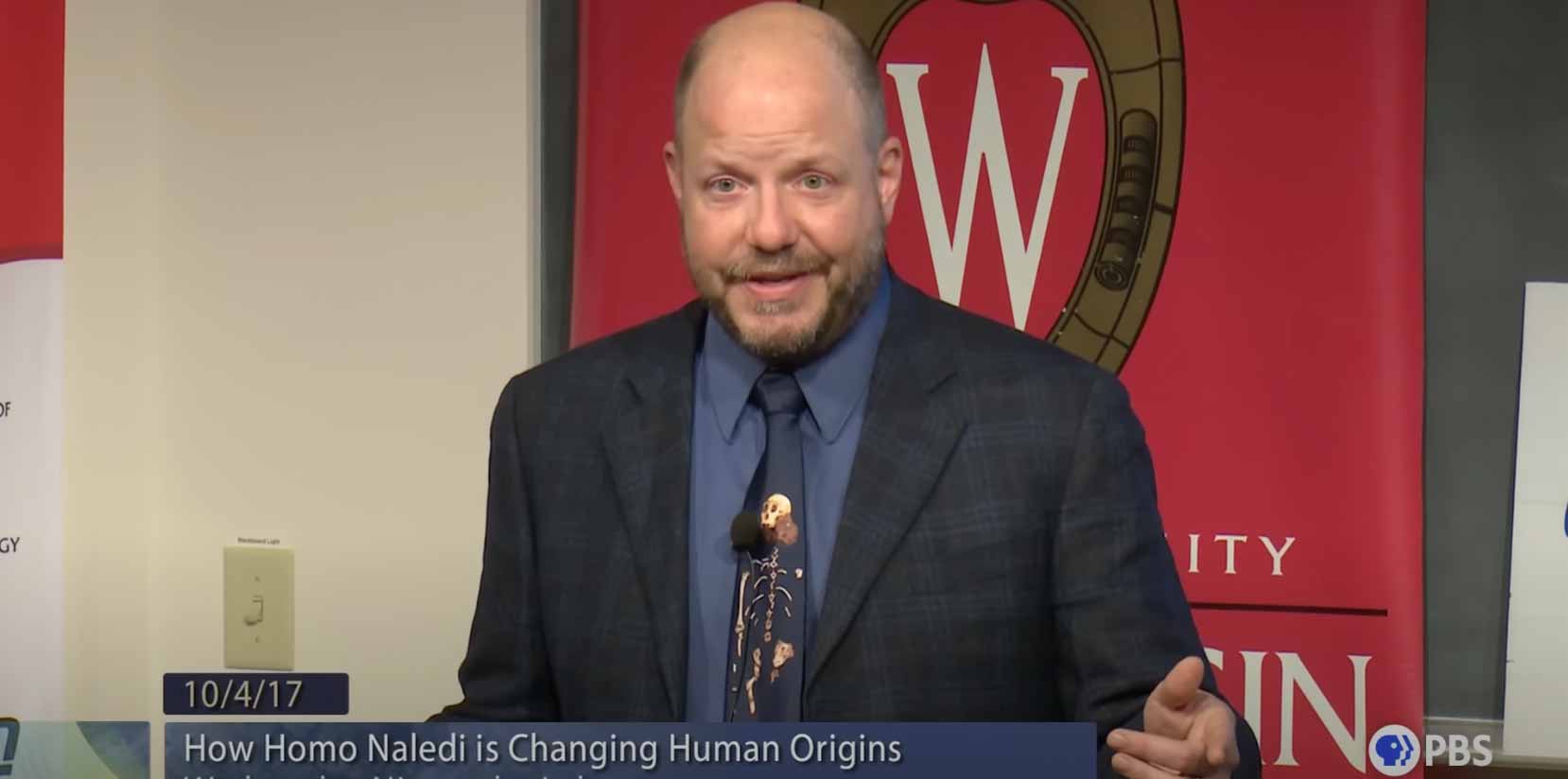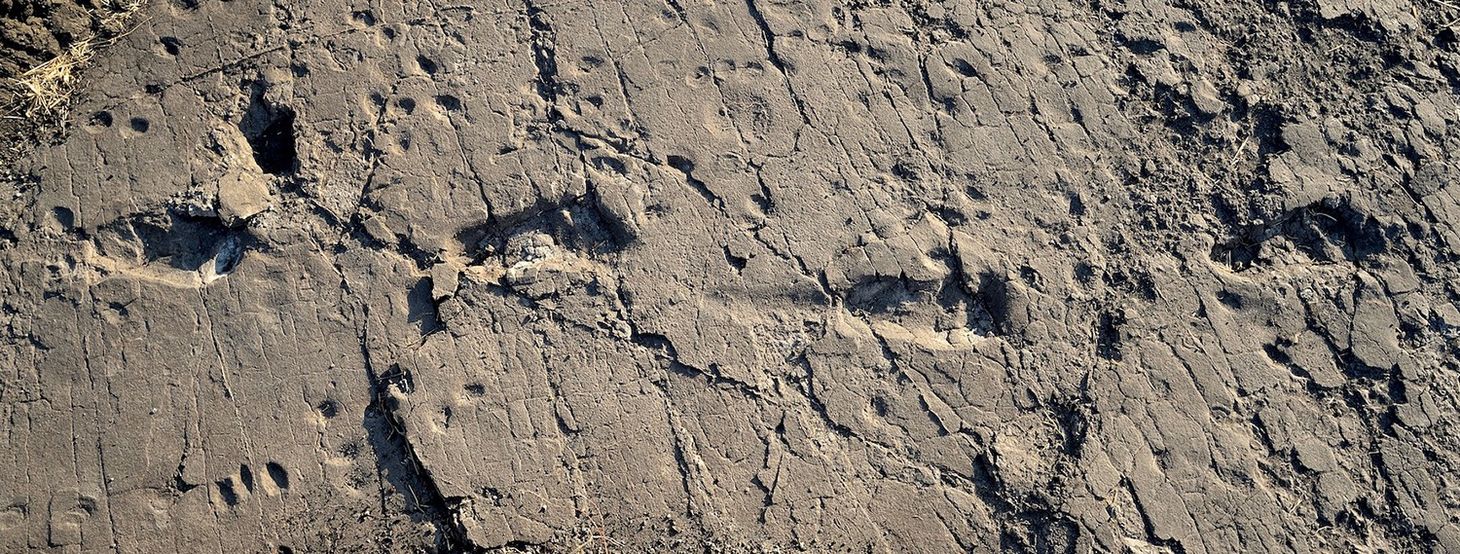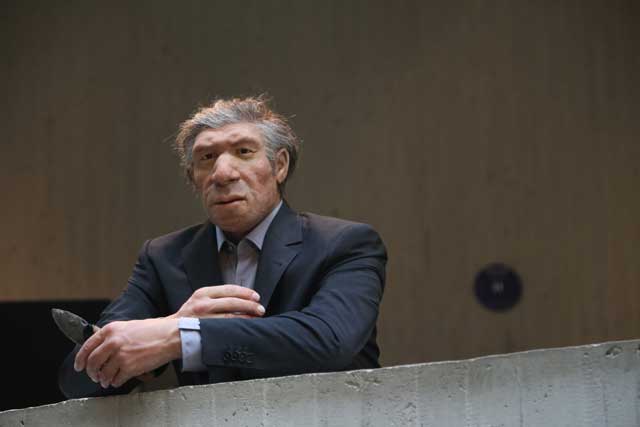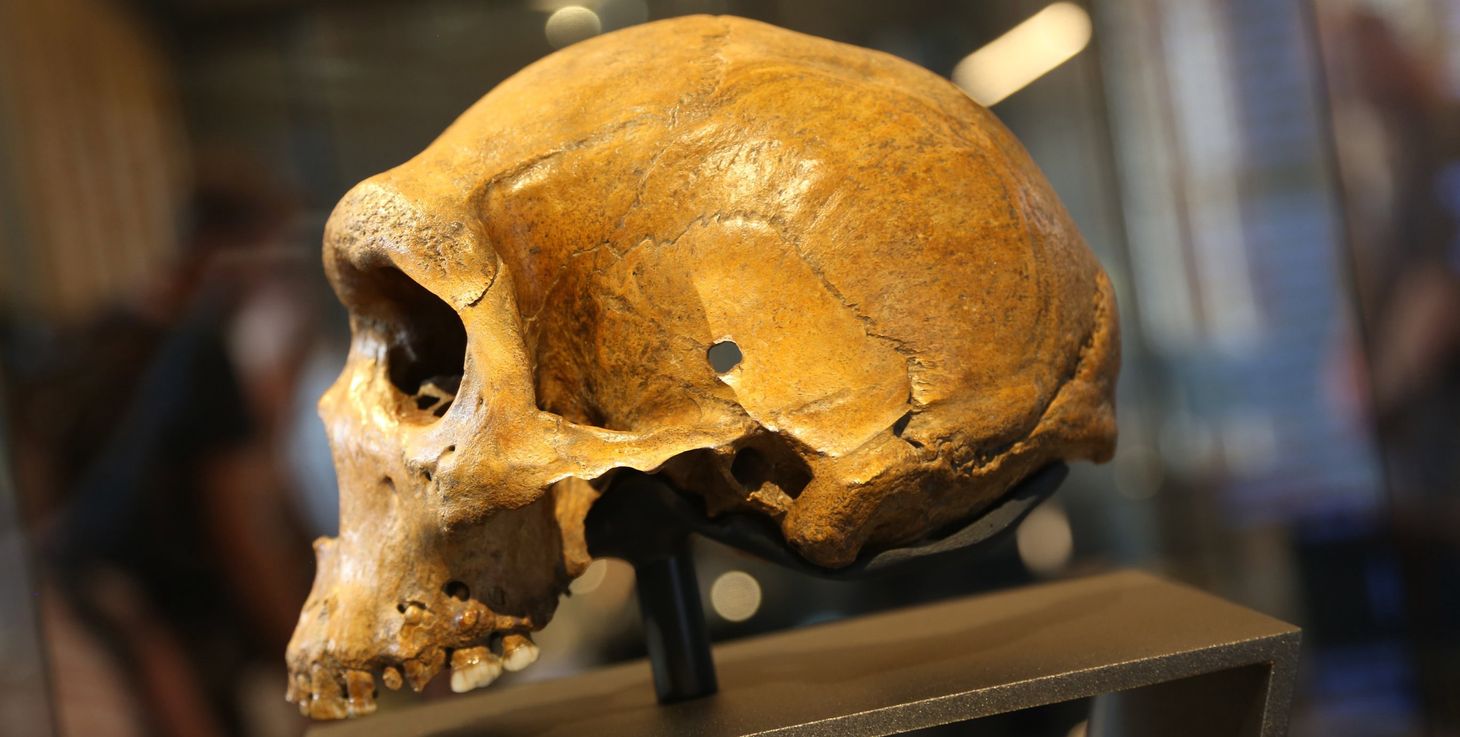Blog articles
Lecture: How Homo naledi is changing human origins
A talk with an audience at UW–Madison covers our work on Homo naledi, including the recently-published Lesedi Chamber remains and the age of the fossils.

When anthropologists argue about species, is it evidence, or ego?
For some people who follow human evolution news, recognizing “species” is really just about whether you’re a lumper or a splitter. Many people assume that the names of species are about ego, not evidence. But nature presents us with real challenges, which still cause different scientists to approach the
An unusual rate of dental chipping may give clues about Homo naledi's diet
Research by Ian Towle and coworkers finds that Homo naledi may have been eating foods with lots of grit.

Features of the Grecian ape raise questions about early hominins
A review of work published in 2017 describing fossil material of Graecopithecus freybergi from Greece and Bulgaria.
New footprints from Laetoli shed light on how the science has changed in 40 years
New trails expand our knowledge of body size and behavior of some of the earliest known bipedal hominins.

Why are humans evolving to lack their wisdom teeth?
The frequency of M3 agenesis varies greatly among human populations. It may have to do with agricultural diets, but anthropologists aren't sure.

Should we be surprised if Neandertals, Denisovans, and modern humans didn’t form stable hybrid zones?
A geneticist asks why we don't see more persisting hybrid populations, and I find an answer in the theory of population source-sink dynamics.

My article giving an overview of our symposium on Homo naledi
An article written for American Scientist gives the current state of our research into the biology of this species.
Looking at the hypothesis of deliberate deposition for Homo naledi
An exchange of views in the Journal of Human Evolution includes an examination of evidence about how skeletons ended up in the Dinaledi Chamber.

